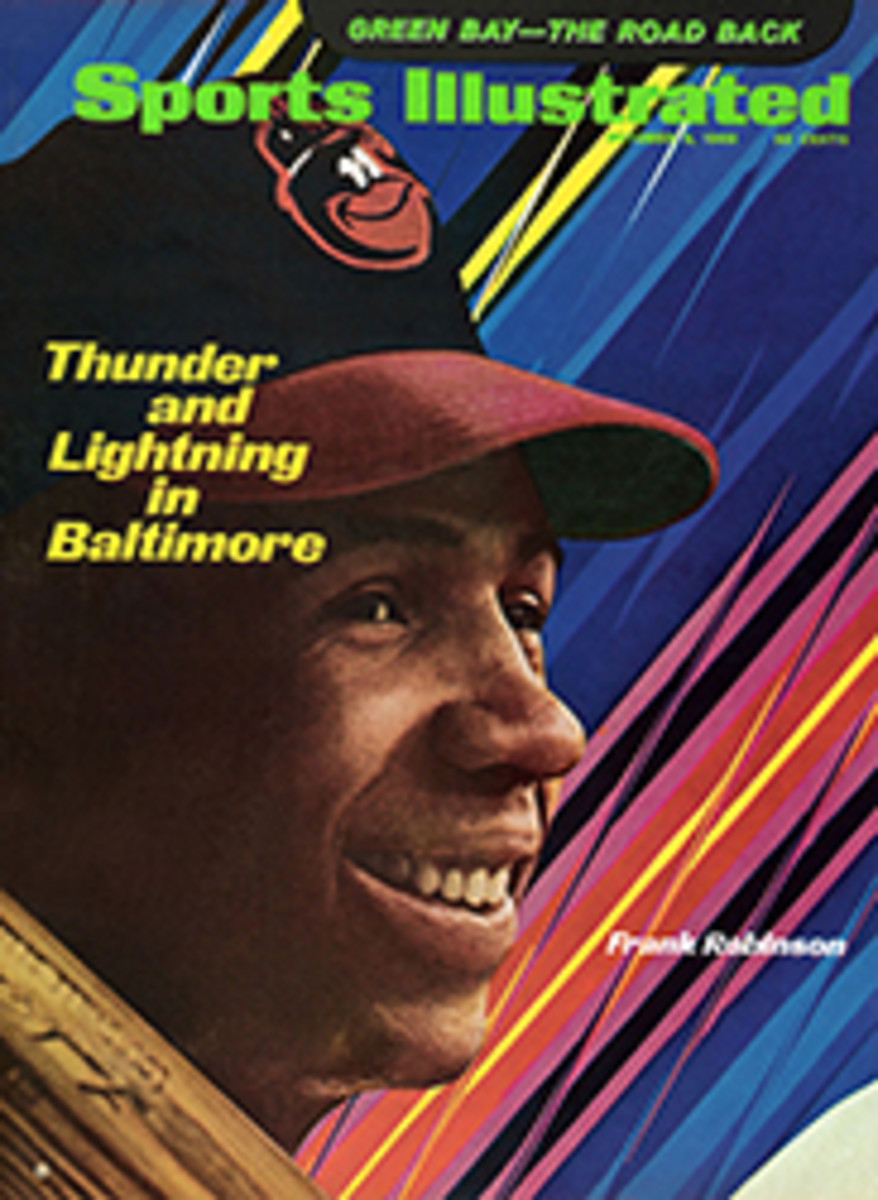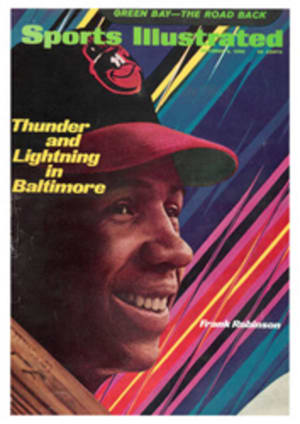
A bang-up time in Mexico
San Fernando—a clutch of shabby adobe shops—squats on the dirt road between Matamoros and Ciudad Victoria, some 93 miles south of the Mexican border. The only hotel, if it can be called that, is inhabited mainly by cockroaches, and there is not a single souvenir stand in town. This last makes sense, because there is seldom a tourist to be seen. But, for all its shortcomings, San Fernando has one attraction that—for hunters—puts it ahead of any other place in Mexico: it is the center of the best white-wing dove shooting in North America.
The white-winged dove (Zenaida asiatica)—for those who have never seen one, and this includes most Americans, because the bird never gets farther north each year than the border portions of our Southwestern states—is a slightly larger cousin of the mourning dove. Weighing between four and 4½ ounces, its plumage ranges from milk-chocolate brown to steel gray with white on the underbelly and a flashy white stripe, which accounts for its name, on its black-tipped wings. The bird is delectable eating—broiled or baked—although each one provides only two mouthfuls.
The white-wing travels in vast flights of from 40,000 to 60,000 birds, wintering in Central and South America and spending its summers in northern Mexico and along the Rio Grande, where in a day it has been known to strip more than two tons of sorghum from a single plantation. With the mourning dove, the white-wing shares the distinction of being the most difficult to bring down of all the migratory birds.
On the U.S. side of the border a typical white-wing shoot along the lower Rio Grande, where the total season this year was two half-days and the estimated number of hunters who crowded the valley border towns topped 200,000, is a combination carnival, convention and Chicago riot.
But south of the border, on the other side of the Rio Grande, Mexican white-wing shooting is as different from that in the U.S. as a Tequila María is from tomato juice. Instead of two half-days, the season is two months long. Instead of a 10-bird limit, the daily limit is 15 and the possession limit 45, and the only problem is knowing when to stop shooting.
This can be a problem when the late afternoon skies are literally clouded with birds. In spite of such a surfeit of doves, about the biggest crowd a white-wing hunter may happen upon in the course of a weekend shoot is a couple of San Fernando natives on the way to the local water hole.
Why, then, do white-wing hunters travel hundreds and sometimes thousands of miles to battle a mob scene only slightly removed from mass hysteria and greatly removed from any semblance of sport, when by traveling less than 100 miles farther south they could find what must surely approach the ultimate in bird shooting? Why? Because, alas, there are a few hitches to hunting in Mexico.
It is one thing to cross into Mexico as a tourist with all those friendly green U.S. dollars to be spent and all those friendly border merchants ready to offer their wares and friendly advice. But to come into Mexico as a bona fide hunter carrying a gun is another story. Pancho Villa gave a warmer welcome to the Texas Rangers.
There is something about the sight of a gun—sporting firearm though it may be—that has the same effect upon even the most timid Mexican official as the wave of a cape has on a brave bull. A smart hunter puts his money on the table and mumbles gracias to everything. There is the usual long roll of red tape strung behind you from the border all the way to the hunting grounds—permits and payoffs ad nauseam.
You expect it all to end when you have nearly reached your destination but on a deserted road 50 miles into the interior of a foreign country with soldiers waving guns, one does not argue, one pays. We did: four times, to four different officials, for four different reasons. The Mexicans call it la mordida—the bite.
Things might have been worse except for Glenn Biggs, who set up the hunt and who managed to get us through most hijackings with minimum scars. Biggs, president of National Western Life Insurance in Austin, has influential friends (the President of Mexico, LBJ and the current governors of the states of Tamaulipas and Texas, to name a few). He used their names often during our various unplanned stops along the road to San Fernando.
No hunting, it would seem, could be worth such trouble. Most hunting is not. But for all the trouble—the bribes, the delays, the back-bruising drive from Matamoros south, the scorching temperatures and voracious insects—the white-wing shooting at San Fernando is worth it all and then some.
The shooting has not always been so good. Until the 1950s there was little food to attract the birds to the area. Instead they flew farther north to the cultivated lands across the border. But when the Falcon Dam opened the upper Gulf area of Mexico to irrigation, the birds found a more inviting summering ground closer to home. The main crop, once cotton, is sorghum. Water is plentiful. It is ideal white-wing country.
A dirt road goes east from the center of San Fernando toward the Gulf. It is rutted and pocked and runs through a tangled jungle. We hunted about two miles down this road. It did not look like a shooting place, but most white-wing shooting places do not. There were seven of us, and as many guides, plus two cars and a pickup truck. We left the vehicles out in the open and stationed ourselves, each with a guide, at 50-yard intervals along the road. There were no blinds, and we made no particular effort at concealment. I simply stood alongside a bush and shot for the rest of the day.
At first the birds flew mainly in singles, appearing suddenly above the horizon of brush on the other side of the road, quartering as they came to the opening, then dipping and darting as they winged past. They are tiny targets, deceptively fast and frustratingly erratic, making no sound as they fly, which is most disconcerting of all. Most other birds give some audible warning of their approach. The white-wing gives none, and so the hunter must be alert every instant for sight of an approaching bird. Invariably as I studied one part of the horizon, a bird barreled by from another. Most of these feathered apparitions traveled in one direction but now and then a few flew the other way, adding to the confusion.
Periodically Mario, the head guide, drove the pickup along the firing line, stopping at each stand to drop off more shells, pick up birds and distribute cold soda. A herd of goats emerged from the thickets behind me, stared briefly and then moved on. None of the activity seemed to bother the doves.
By 5 o'clock the birds were flying in larger and larger flocks, 20 and 30 appearing on the horizon at a time. Suddenly there were white-wings everywhere, flying in a dozen different directions at once. They came in waves, strung out from one end of the horizon to the other. They flew to the left, to the right, over my head and from behind. Up and down the road the guns banged away. The steady staccato rhythm filled the afternoon.
I did not even try for crossing shots. There were too many easier ones at doves flying straight at me. Twice I dropped birds at my feet. Nor did I try to lead and swing as I would on other birds. This was strictly point-and-fire snap shooting. The birds were too fast for any other technique.
They are so fast, in fact, that the Mexicans claim the white-wing does not start dodging until the shell leaves the gun. This is wrong. The white-wing does not really start dodging until it sees the pellets, and the ones you hit have made the mistake of waiting to count the pieces of lead that are flying toward them.

